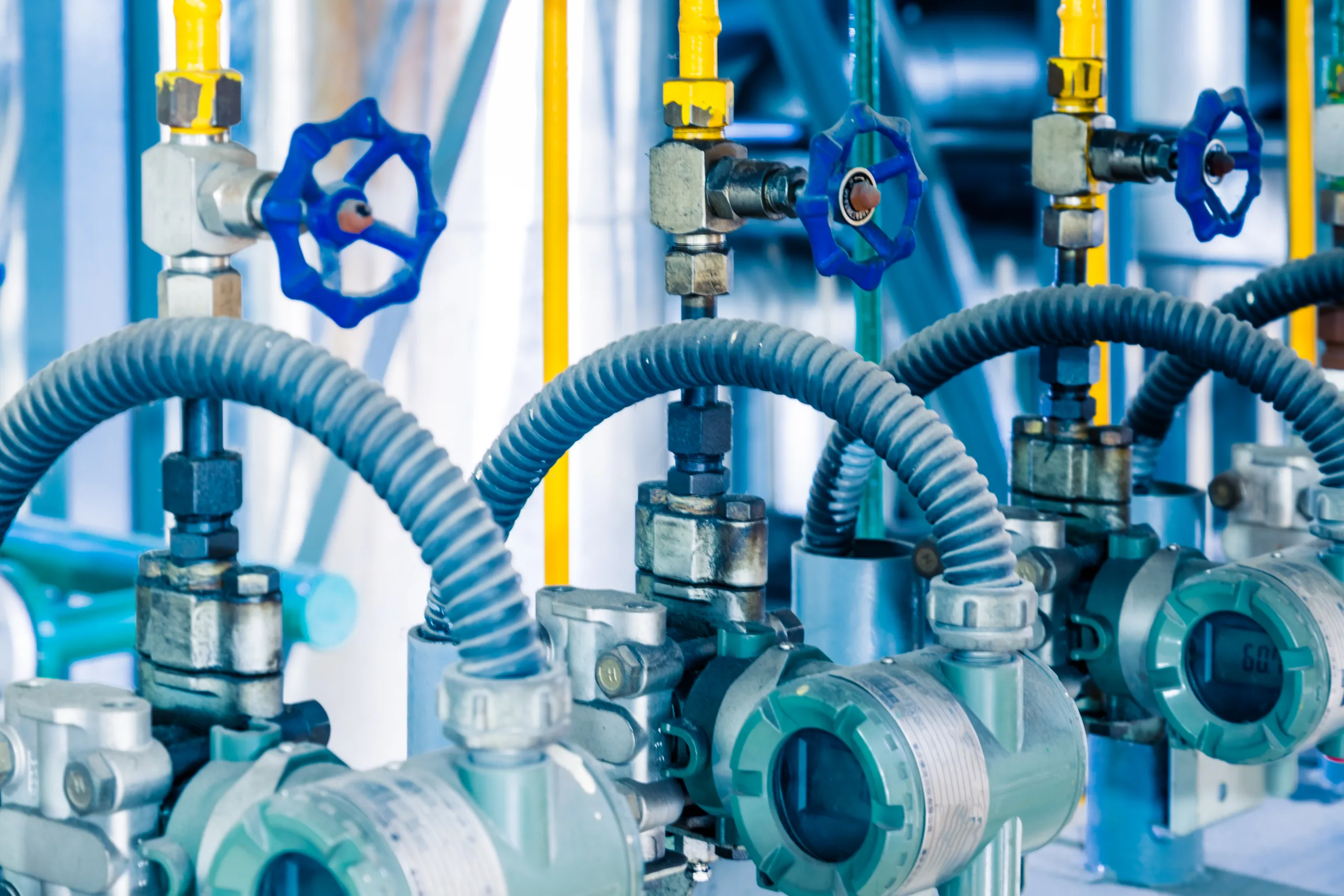Hydraulic system failures are often costly and disruptive, but many of the most common causes are preventable with the right practices. Contaminated fluid, often filled with dirt, water, or metal particles, is the leading culprit—emphasizing the importance of high-quality filtration and regular fluid checks.
Improper installation of fittings, such as using incompatible or poorly assembled connectors, can cause dangerous leaks and pressure loss; using reliable solutions like Parker CPI™/A-LOK® fittings helps ensure leak-free performance. Overheating is another common issue, degrading fluid and seals over time, so maintaining proper cooling systems is crucial.
Air entrapment, or aeration, can lead to erratic system behavior and long-term damage, highlighting the need for airtight connections and correct bleeding procedures. Lastly, poor maintenance—such as ignoring early warning signs or using unverified parts—can shorten the system’s lifespan significantly. By working with experienced suppliers like Inland and following a consistent maintenance routine, businesses can prevent failures and keep their hydraulic systems running efficiently.

